KAKIE of Goju-ryu Karate (Pushing Hands)
KAKIE of Goju-ryu
[1 AVI-VHS Rip]
Description
KAKIE of Goju-ryu KarateWritten & performed by Morio HigaonnaThis is a training video of Kakie-the practice is pushin hands in Okinawan Karate styles. I couldn`t find a description for the video, so I just googled for an explanation of kakie. http://ec-ma.blogspot.com/2009/06/kakie-okinawan-pushing-hands.htmlQuote:Definition of Kakiea type of hand/arm exercise and associated applications used mostly for close combat. Also for improving strength, control and muchimi.Definition of Muchimiheavy/sticky but still flowing (a desirable feature of many techniques)Kakie are Naha/Shorei based. Kakie is taken from Chinese Chi Sao and is constant physical contact with a partner using resistance to resist and push back the opponent. The basics of the task are simple and it gives conditioning, an understanding of timing and body mechanics.The Fujian district is the geographical root of most karate-styles due to it’s location in respect of Okinawa. Concerning Goju-Ryu, it is especially Monk Fist (Luohan Quan), Crane Boxing (He Quan) and Tiger Boxing (Hu Quan) that determined the image of Goju-Ryu as it became gradually formed by Kanryo Higaonna and Chojun Miyagi.The starting point is qinna, meaning ‘grappling’ or ‘seizing’ and forms the heart of the Chinese self-defence methods. This qinna is crystallised out in ritual form kata, whereby every move refers to applications or bunkai in simple (basic) or more complicated and free forms (oyo bunkai). Except for the knowledge of self-defence techniques, kata is also the foundation of energetic qualities such as grounding, rooting, generating power, tension and relaxation, centring, etc. In short all those qualities which are necessary for moving in general and self-defence in particular.It is clear that the origin of Okinawan karate and Chinese martial arts -with kata as paradigm- was next to self-defence also of holistic nature because of the great interest in Chinese medicine and the philosophical and spiritual traditions.Partner exercises (gyaku-te in Goju-Ryu) with qinna, are the basis of kakie (‘kokie’ in the Fujian dialect), one of the strongholds of Goju-Ryu.Goju-Ryu is characterised by emphasising close-combat fighting. In basic kakie the karate-ka learns the go-aspects such as rooting, absorbing power, using muchimi and ki-expansion. Aspects that are also emphasised in sanchin kata. In the technical respect the karate-ka learns to use pushing- and pulling-techniques in this phase in order to out-balance his opponent (kuzushi waza) to make the fighting distance suitable to himself. Connected to this, different methods to lock arms (or legs) of the opponent and ‘opening up’ the vital points of the body follow (kyushu-jutsu).After learning these basics the applications of the kata are integrated in kakie.The fighting techniques trained in kakie, like so many bunkai kumite, are known as ‘gyaku-te’ and are divided in categories like e.g. kansetsu waza (manipulation of the joints), nage waza (throwing techniques), shime waza (strangulation’s) and kyusho waza (manipulation of the vital points).Kakie training is integrated in the total curriculum. As soon as a good foundation is laid in terms of basic techniques and abilities, kakie training shifts to become more free form ending in jiyu kakie iri kumi, the free-fight exercise and competition-form of Goju-Ryu.drawings of techniques from the Bubishi kumite andMany techniques trained in kakie and in the bunkai can be traced back to the old Chinese text about fighting arts, the ‘Bubishi’.Because of the knowledge of gyaku-te with kakie as practical exercise form and the dynamic qualities of moving, the traditional kata of Goju-Ryu form alpha and omega of karate-do. The influence of modern competition karate (WKF) and the longing for international reputation and recognition, has resulted in many karate-styles abandoning their original martial and spiritual orientation. As a consequence of this, kihon, kata and kumite of these ‘modern’ styles are disintegrated and have developed into the direction of what scores and is allowed in competition.The loss of knowledge of genuine fighting methods and the spiritual vacuum that occurred during the last decennia in these modern styles, had as result that many karate-ka again orientate(d) themselves towards the profound fighting traditions of Fujian and Okinawa
You must be logged in to post a review.

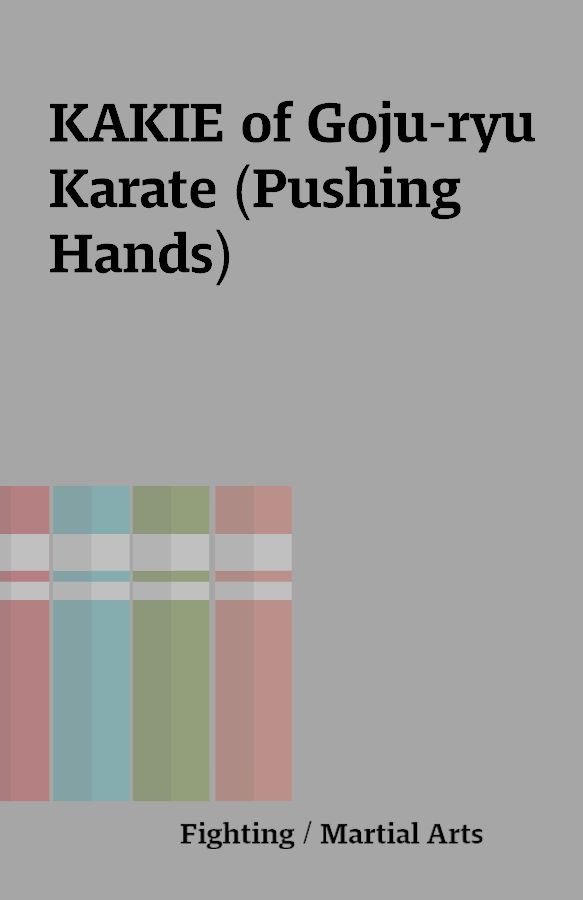
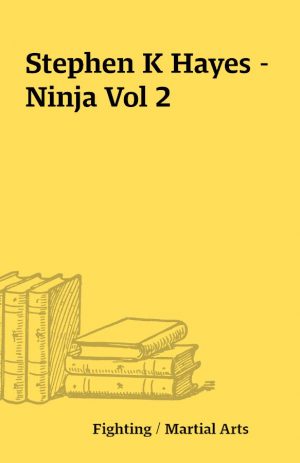
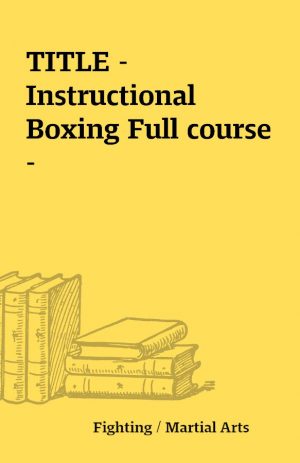
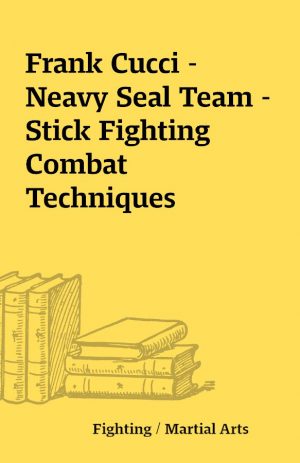
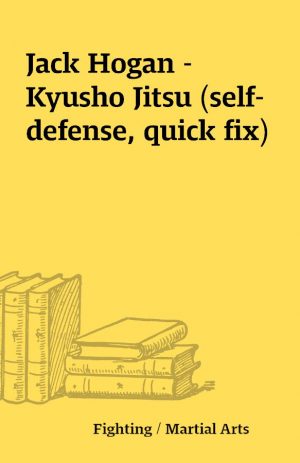
Reviews
There are no reviews yet.